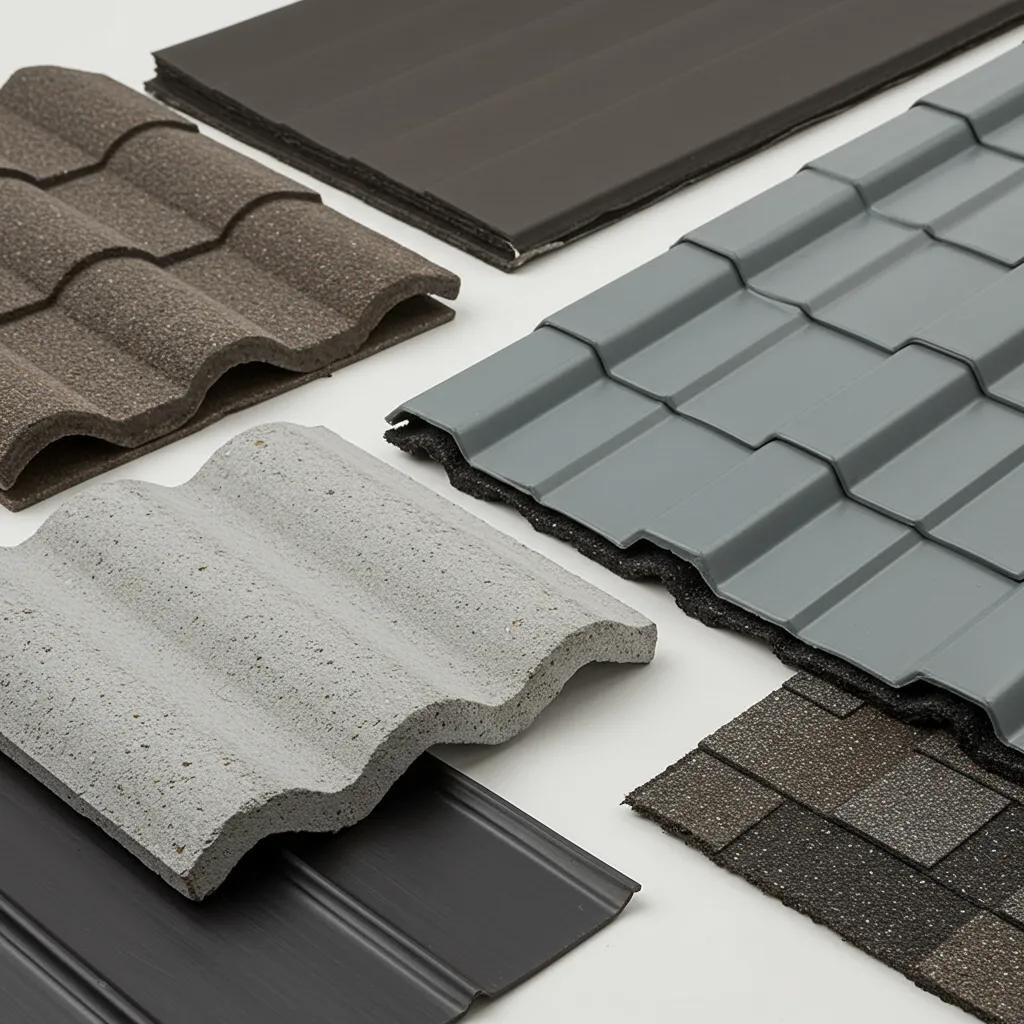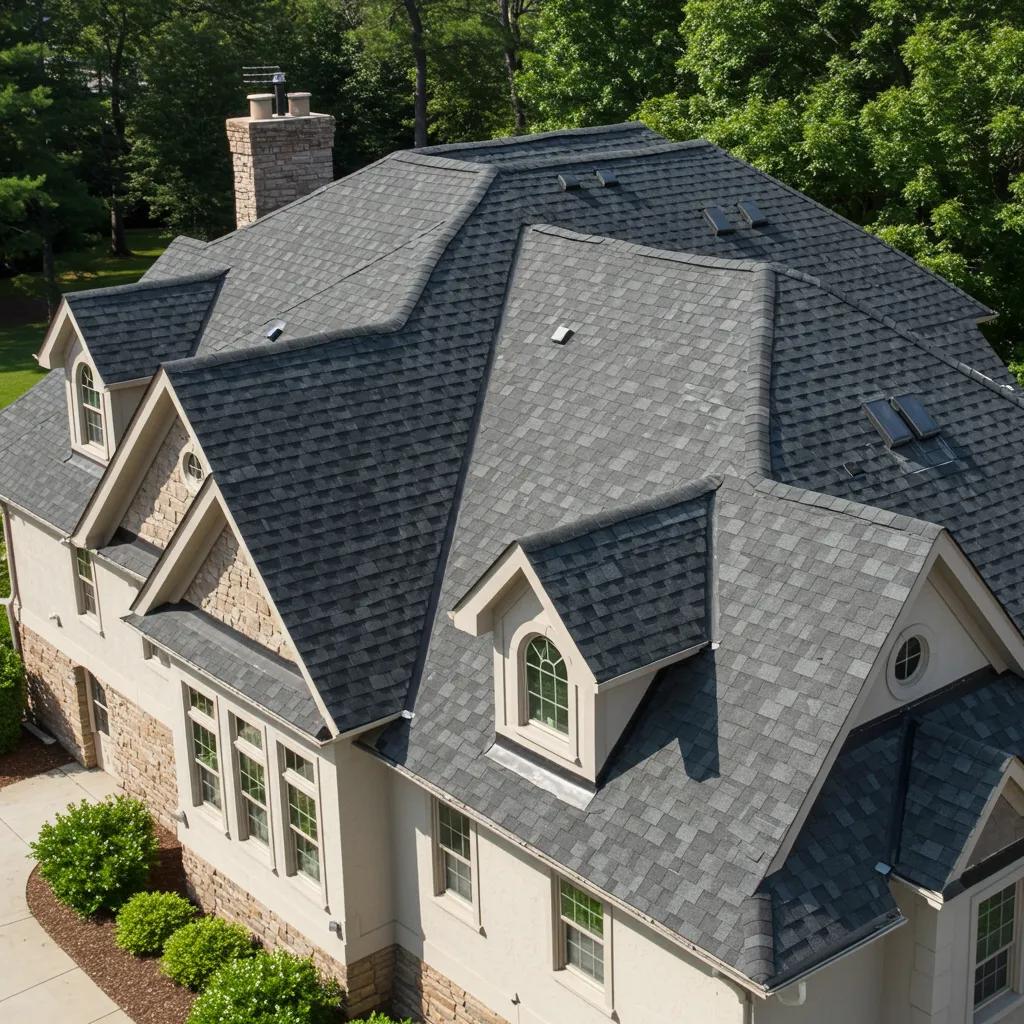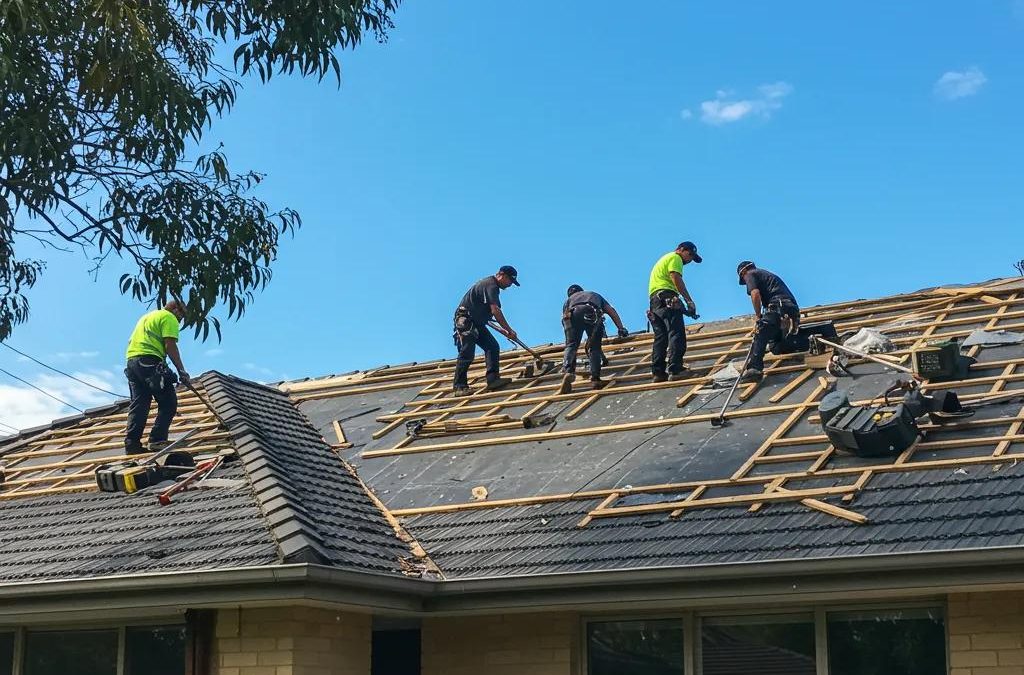Factors That Affect Roof Replacement Costs Explained: Your Complete Guide to Brisbane Roof Replacement Pricing
Introduction
Replacing a roof in Brisbane involves numerous variables that collectively shape the final price tag, making accurate budgeting essential for every homeowner. In this guide, we break down the factors influencing roof replacement expenses like roofing materials and labour rates to design complexity, hidden removal costs and local permit fees. You will discover how material specifications affect durability and energy efficiency, why roof size, pitch and accessibility determine installation charges, and how upgrades in guttering, insulation or ventilation impact total investment. Roofing Specialist’s 20-year track record and 10-year workmanship guarantee underscore reliable expertise, while clear decision frameworks help you compare repair versus replacement and explore financing options. Follow this roadmap to secure competitive quotes, extend roof lifespan through maintenance and navigate Brisbane’s market trends with confidence.
What Are the Main Components Influencing Roof Replacement Costs in Brisbane?
Roof replacement costs stem from four core components such as materials, labour, roof dimensions and installation complexity, each contributing to the overall investment and long-term performance of your new roof. Recognising these drivers enables homeowners to anticipate quotes, pinpoint optimisation opportunities and align spending with durability and warranty requirements.
How Do Roofing Materials Impact the Overall Replacement Cost?

Roofing materials determine cost through their intrinsic price per square metre, installation requirements and expected lifespan, directly influencing budgets and long-term value. For example, premium Colorbond steel ranges from AUD 70–100/m², offering high corrosion resistance and a 20-year colourfast warranty. Concrete tiles cost AUD 45–70/m² but demand reinforced framing, adding structural labour expenses. Asphalt shingles start at AUD 35–55/m², reducing upfront material outlay yet requiring more frequent maintenance.
- Colorbond steel’s reflective finish enhances thermal performance and lowers cooling bills.
- Concrete and terracotta tiles deliver excellent fire resistance and a 50-year lifespan at higher structural cost.
- Asphalt shingles provide budget flexibility with easier repairs and lightweight handling.
These material-driven differences guide homeowners to balance upfront costs against durability and aesthetic priorities.
What Role Does Labour Cost Play in Brisbane Roof Replacements?
Labour cost reflects contractor rates, crew size and project duration, often accounting for 30–50% of total replacement expenses. Licensed Brisbane roofers charge AUD 50–90 per hour, with higher rates for steep pitches or specialised restoration work. Key labour cost factors include:
- Crew expertise: experienced teams work efficiently while upholding safety standards and offering a 10-year workmanship guarantee.
- Project scope: larger roof areas require more man-hours for material handling, waste removal and quality inspections.
- Safety requirements: steep pitches or fragile battens necessitate advanced fall-protection gear, increasing hourly labour rates.
Securing itemised quotes and verifying contractor credentials ensures transparency and helps manage labour-related expenses effectively.
How Does Roof Size and Shape Affect Pricing?
Roof size and geometry dictate material quantities and installation complexity, with larger or irregular footprints elevating both product and labour costs. A simple 200 m² gable roof usually incurs lower charges than a multi-valley hip design of equivalent area due to straightforward access and uniform slopes. Critical size and shape considerations:
- Square metreage scales material and underlay requirements linearly, so doubling area roughly doubles costs.
- Multiple slopes, valleys and dormers demand extra flashing, sealing and precision cutting, adding 15–30% to labour and waste.
- Extended eaves and fascia lengths increase guttering, trimming and finishing expenses.
Accurate roof measurements and detailed templates help homeowners avoid surprises and secure precise quotes.
How Do Different Roofing Materials Compare in Cost and Benefits for Brisbane Homes?
Selecting the right roofing material balances upfront investment with maintenance needs, energy efficiency and aesthetic appeal. The table below compares three common options by average cost and primary benefit.
What Are the Cost Ranges and Advantages of Colorbond Steel Roofing?
Colorbond steel roofing costs AUD 70–100/m² in Brisbane, providing lightweight sheets that reduce structural framing needs. Its reflective surface enhances thermal performance, helping homes maintain stable indoor temperatures and cut air-conditioning bills. Backed by a 20-year corrosion warranty and available in an extensive colour palette, Colorbond combines lasting durability with design versatility for contemporary and heritage properties alike.
How Much Does Tile Roofing (Concrete and Terracotta) Cost in Brisbane?
Concrete and terracotta tile systems range from AUD 45–70/m², depending on tile profile and underlay specifications. The added weight of tiles often requires roof framing reinforcement at an extra AUD 15–25/m² in carpentry work. Tile roofs excel in fire resistance and can surpass 50 years of service life when maintained properly, making them a preferred choice for homeowners seeking longevity and classic aesthetics.
What Are the Price Implications of Other Roofing Materials Like Asphalt Shingles?
Asphalt shingle installations start at AUD 35–55/m², making them the most economical roofing option in Brisbane. Their lightweight composition simplifies shipping and handling, reducing labour hours. However, asphalt shingles typically offer a 15–20 year lifespan and require more frequent inspections and maintenance, factors that influence total lifecycle costs for value-conscious homeowners.
How Do Roof Design and Installation Complexity Influence Replacement Costs?
Complex roof designs and challenging installation conditions elevate costs through extended labour time, specialised safety equipment and additional material usage. Streamlined rooflines tend to lower expenses, while intricate configurations introduce premium charges for skill and precision.
Why Does Roof Pitch Increase Labour and Safety Costs?
Steeper roof pitches demand advanced fall-protection systems, slower crew movement and custom-cut flashing, which can raise labour rates by 10–20%. High angles also require extra waterproofing layers and safety inspections to comply with building codes and protect warranties, illustrating the cost trade-off between architectural style and installation rigour.
How Do Complex Roof Designs Affect Time and Material Requirements?

Roofs featuring multiple hips, valleys and dormers require precise cutting, fitting and support for each junction, adding 15–30% to labour hours and material waste. Each intersection demands additional underlayment overlaps, flashing, sealants and inspection checkpoints to ensure durability and weatherproofing, reinforcing the need for detailed cost estimation on complex projects.
A study on roofing economics highlights how different roof designs, particularly those with complex geometries, can significantly impact construction costs due to material and labour requirements.
Roofing Economics: The Impact of Design and Materials on Construction Costs
ABSTRACT: This study presents a cost assessment of various roof designs, considering the current price of timber in Benin City, Edo State, Nigeria. The analysis specifically examines the costs associated with constructing Hip, Flat, Gable 1, and Gable 2 roofs, with a particular emphasis on the crucial role of timber in forming the trusses. The cost breakdown highlights different financial considerations for each roof type, with Gable 2 being the most expensive, followed by Gable 1, Hip, and Flat roofs. The costs presented exclude labour costs and the selection of roofing sheet materials, which are essential components of construction projects. A closer examination of the expenses associated with various roof types, particularly the most expensive option (Gable 2), demonstrates significant potential for cost reduction in construction projects. Flat roofs represent a cost-effective option, costing only 47.69% of the price of Gable 2 roofs, making them attractive for projects with limited budgets. Hip roofs,
ROOFING ECONOMICS: ANALYSING THE IMPACT OF DESIGN AND MATERIALS ON CONSTRUCTION COSTS, DJ IDIATA, 2023
What Impact Does Roof Accessibility Have on Labour Charges?
Limited access such as narrow side yards or multi-storey heights, forces roofing teams to transport materials manually or erect specialised scaffolding. These logistical constraints increase labour hours and equipment hire fees by 10–25%, underscoring the importance of assessing site conditions before finalising installation schedules and budgets.
What Additional Factors Can Increase Roof Replacement Costs in Brisbane?
- Old roof removal and asbestos disposal often adds AUD 10–20/m² for licensed stripping and safe waste handling.
- Structural repairs for damaged decking or trusses may incur AUD 50–100 per carpentry hour.
- Council permits and inspection fees range from AUD 300–800, depending on Brisbane council requirements.
- Guttering, insulation and roof-vent upgrades cost AUD 40–60 per metre or fitting, enhancing performance and reducing energy bills.
Factoring in these hidden or optional costs prevents budget overruns and ensures full project transparency.
How Can Brisbane Homeowners Manage Roof Replacement Costs Effectively?
- Obtain detailed quotes that itemise materials, labour, disposal and permit fees for clear comparison.
- Evaluate repair versus replacement thresholds by comparing patch repair costs against long-term benefits of a full reroof.
- Schedule regular maintenance such as inspections, gutter cleaning and sealant checks, to extend roof service life and defer major works.
- Explore financing options like interest-free lending periods or home improvement loans to distribute costs while preserving cash flow.
These steps empower homeowners to balance immediate budgets with lasting roof performance.
What Are the Current Market Trends Affecting Roof Replacement Costs in Brisbane?
- Rising material prices due to global supply challenges have driven steel and tile costs up by 5–15% in 2025.
- Labour shortages among skilled roofers elevate hourly rates as demand outstrips workforce capacity.
- Homeowner preference for energy-efficient systems, such as cool-roof coatings and high-R-value underlays, boosts adoption of premium products.
- Brisbane’s humid subtropical climate prioritises corrosion-resistant coatings and robust underlays to withstand heavy rainfall and UV exposure.
Awareness of these dynamics helps homeowners anticipate cost fluctuations and choose solutions that align with performance goals.
What Are Common Questions Brisbane Homeowners Ask About Roof Replacement Costs?
Homeowners routinely seek guidance on average project costs, budget-friendly materials, major cost drivers, expected timelines and roof lifespans in Queensland’s climate. Key concerns include: typical replacement ranges, cheapest durable options, factors that most inflate quotes, duration of a roof replacement and the expected service life of different roofing systems. Addressing these themes equips homeowners with clarity to secure accurate quotes and partner confidently with roofing specialists.
Installing a new roof represents a significant investment that requires meticulous planning, expert guidance and transparent quoting. By understanding the factors influencing roof replacement expenses such as material selection and labour complexity to design intricacies and market trends. Brisbane homeowners can make informed decisions, manage budgets effectively and ensure long-lasting protection. For personalised advice, precise quotes and a 10-year guarantee on all work, consult Roofing Specialist, Brisbane’s trusted partner for residential and commercial roofing services.

